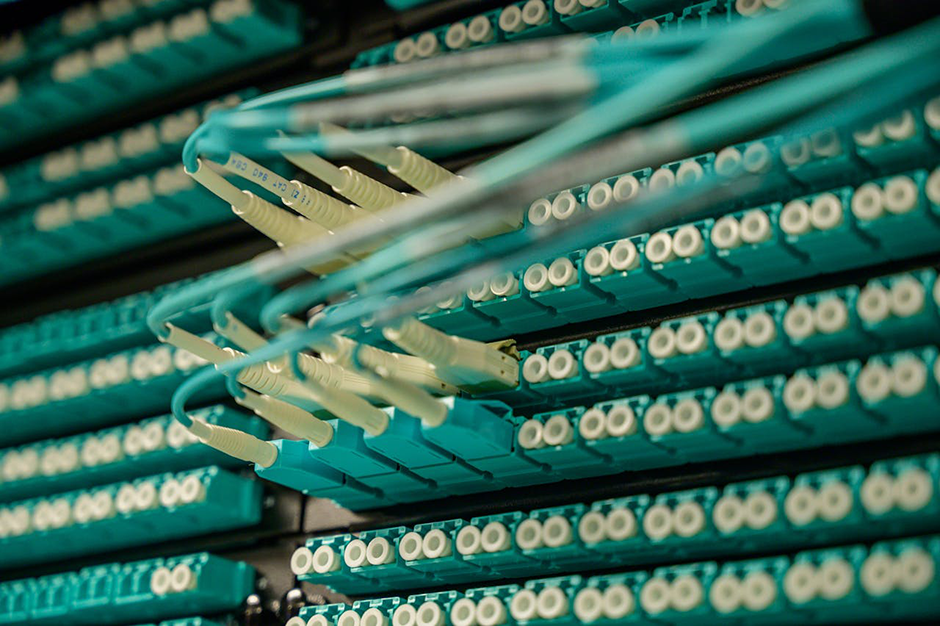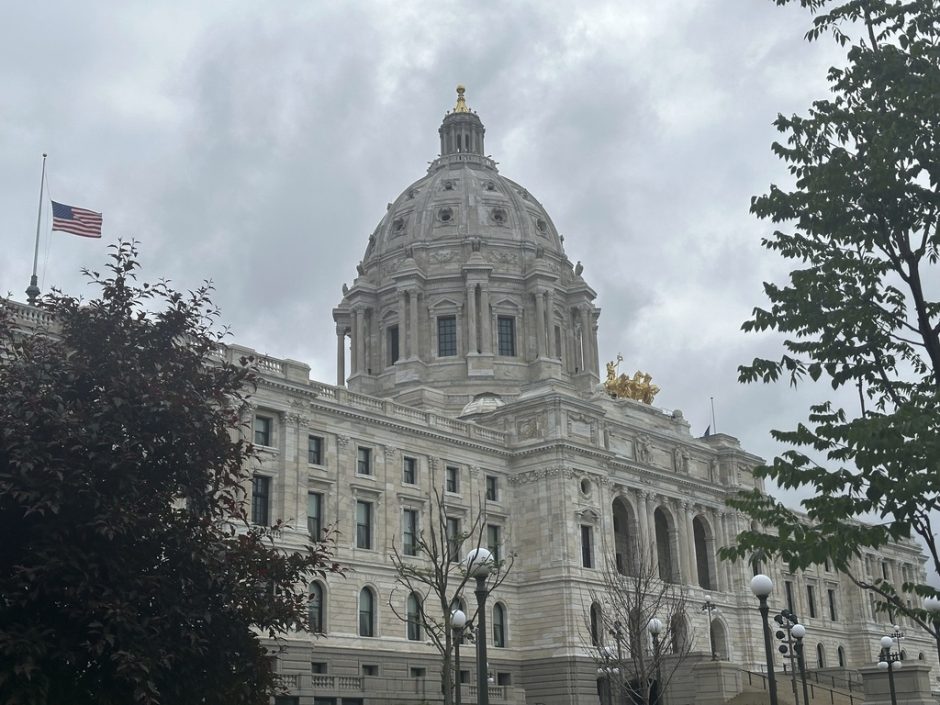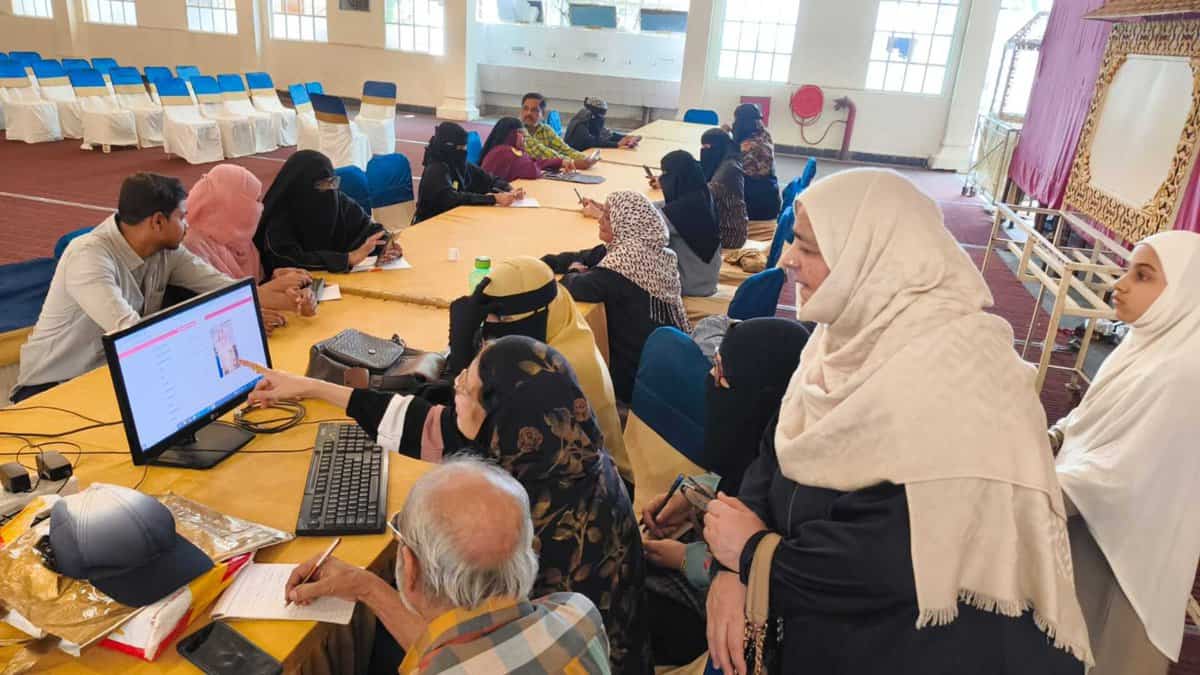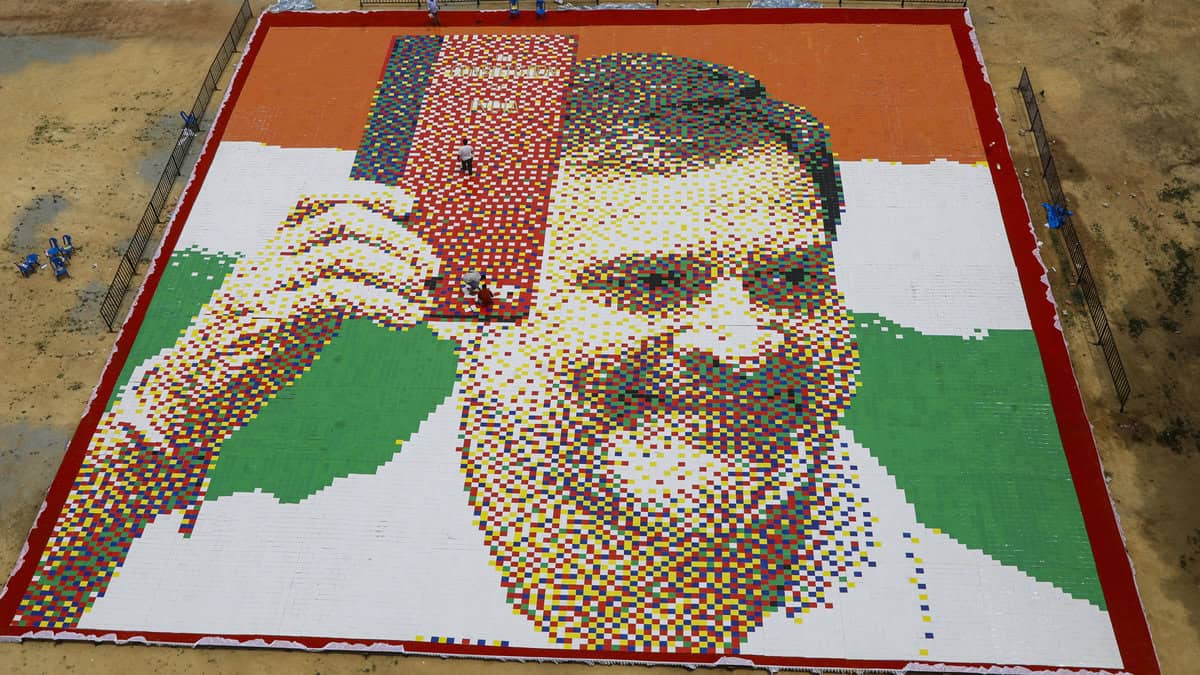The Indian government has officially announced a $1 billion fund to support the creator economy. This initiative, revealed by Union Information and Broadcasting Minister Ashwini Vaishnaw, aims to help digital creators access funding, improve skills, and expand their reach globally. The $1 billion fund will be structured as a PPP, with private-sector contributions expected to supplement government funding. This initiative will provide content creators with financial support, skill development, and resources to improve production quality and reach international audiences
Alongside this, the government has also approved Rs 391 crore for the Indian Institute of Creative Technology (IICT) in Mumbai. This institute, modeled after IITs and IIMs, will train professionals in digital media, gaming, and content production.
The government has also launched WAVES Bazaar, a global e-marketplace designed to connect Indian creators with international opportunities. This platform will allow users to showcase content, pitch projects, and foster business collaborations across industries like film, TV, gaming, esports, animation, and music
The decision to invest such a massive amount in the creator economy has sparked curiosity. Digital content creation was once seen as just entertainment, but today, it is a powerful tool for economic growth, branding, and global influence.
India’s creative economy has expanded rapidly, now valued at $30 billion, contributing nearly 2.5% of GDP and providing livelihoods to 8% of the workforce. The influencer marketing sector alone is worth ₹3,375 crore, with over 200,000 full-time content creators shaping India’s digital presence.
A report by Qoruz highlights the sector’s growth, with India’s influencer base increasing from 962,000 in 2020 to 4.06 million in 2024, a 322% rise. This surge reflects the growing reliance on creator-driven content as brands shift their marketing strategies toward influencer-led promotions.
Why Is the Government Investing in Content
1. Strengthening India’s Soft Power
For decades, Bollywood has been a cultural export for India. Now, digital content creators are becoming India’s next global ambassadors. With millions consuming Indian content across YouTube, Instagram, and TikTok-like platforms, creators are playing a crucial role in shaping India’s global image. Prime Minister Narendra Modi has emphasized that digital content can showcase India’s traditions, art, and knowledge to the world, just as Bollywood did in the past.
2. Boosting the Economy & Jobs
The creator economy is fueling multiple industries such as fashion, travel, fitness, food, and finance. Many small businesses and startups now rely on influencer marketing, which is projected to grow to ₹3,375 crore by 2026. The industry is also creating thousands of jobs for video editors, designers, scriptwriters, and marketing professionals, expanding employment opportunities beyond major cities.
3. Expanding India’s Global Reach
The government aims for India to become a net exporter of digital content. Platforms like WAVES Bazaar will help Indian creators connect with global markets, opening doors for international brand collaborations, licensing deals, and partnerships in film, gaming, and digital media. With digital platforms removing geographical barriers, Indian content has the potential to reach global audiences on an unprecedented scale.
4. Making India a Leader in AI-Generated Content
The future of content creation is rapidly evolving with AI-generated videos, deepfake technology, and virtual influencers. India’s investment in the creator economy could help position the country as a leader in next-gen content production, ensuring that Indian creators stay ahead in this technological shift. The IICT’s focus on digital media training will prepare creators to leverage emerging tools in AI-driven content production.
The Big Gamble: Will It Pay Off?
While this initiative is ambitious, it comes with significant uncertainties and potential challenges.
1. Accessibility and Equity in Fund Distribution
One major concern is who will actually benefit from the $1 billion fund. Will it be accessible to grassroots-level creators, or will the funding be cornered by already successful influencers and media companies? Historically, large government-backed initiatives tend to favor well-established players, making it difficult for smaller or emerging creators to receive financial support. A clear and transparent selection process will be essential to ensure that independent creators, regional content makers, and those from diverse backgrounds have equal access to resources.
2. Potential Government Influence and Censorship
With government funding comes the possibility of indirect influence over the type of content that gets promoted. Could creators find themselves pressured to align their content with government narratives or avoid controversial topics? While India has a thriving digital landscape, concerns over freedom of expression remain, and a state-backed creator fund could lead to subtle but significant editorial controls.
3. Financial Viability and Long-Term Impact
A billion-dollar investment in content creation is unprecedented, but is it sustainable? The return on investment for such a large-scale initiative remains uncertain. Unlike industries such as manufacturing or IT, content creation is highly unpredictable—what works today may be irrelevant tomorrow. The effectiveness of this fund will depend on how well it adapts to the rapidly changing digital landscape.
4. Monetization Challenges for Creators
Although the creator economy is booming, many influencers struggle with monetization. A small percentage of top creators earn significant revenue, while most struggle to turn content into a stable income. Even with government support, monetization challenges such as platform algorithm changes, brand dependency, and shifting audience preferences could pose long-term risks to the sustainability of India’s creator economy.
5. Competition with Global Platforms
India’s creator economy is increasingly competing with global platforms like YouTube, Instagram, and TikTok. While the government is promoting WAVES Bazaar as an international marketplace, Indian creators still rely heavily on US-based tech giants for distribution, monetization, and visibility. To truly maximize the potential of this initiative, India may need to develop its own digital platforms that can compete at a global level.
Wrap Up
Despite these challenges, the government’s investment shows that digital content is now a key economic and cultural force. If managed well, this initiative could make India a global leader in content creation, giving creators huge opportunities. But without fair distribution, proper execution, and creative freedom, this billion-dollar plan might only help a few while leaving many behind.
One thing is clear: India is making a high-stakes investment in its digital future. Whether this gamble will pay off remains to be seen.















































